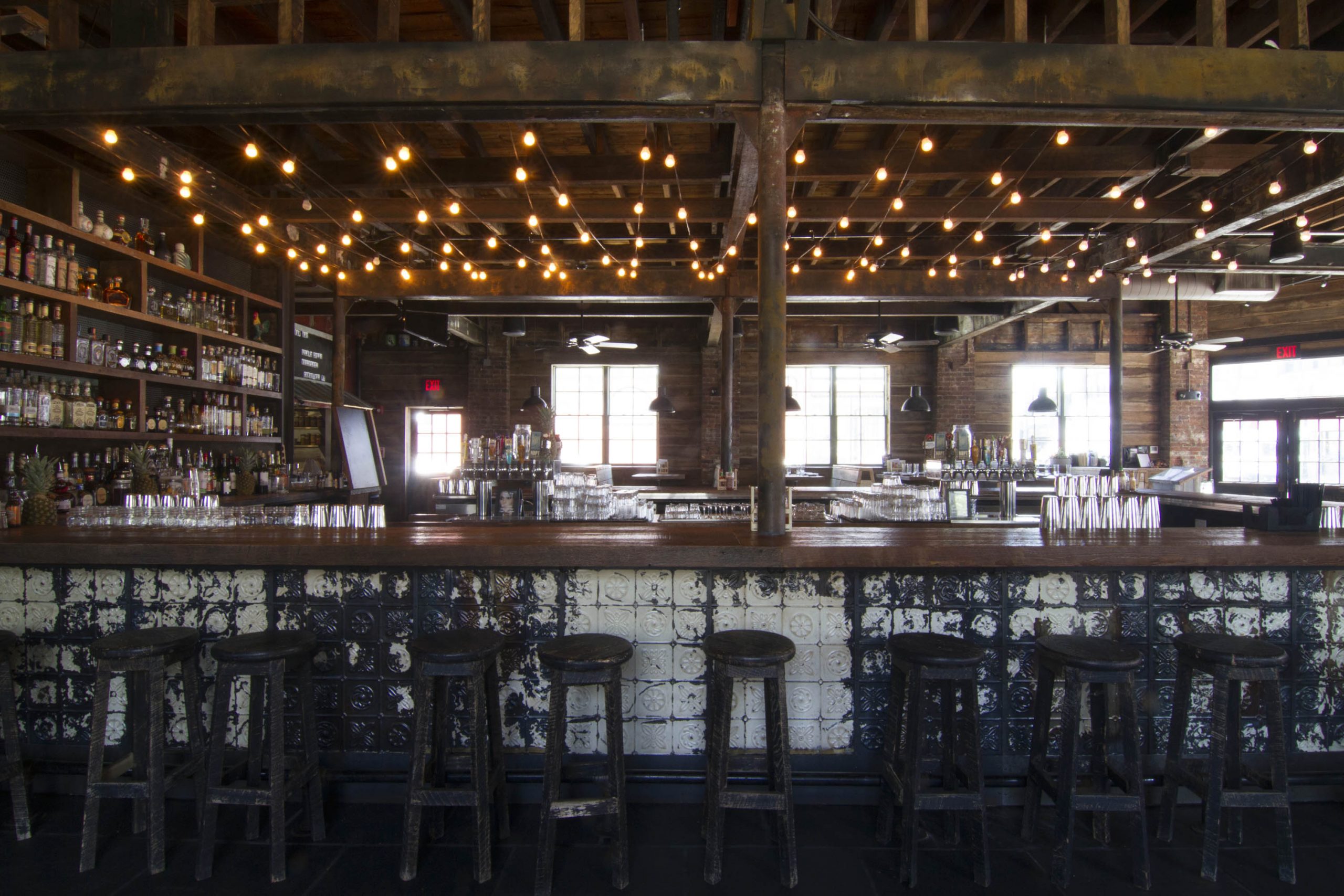


Congratulations—Your bar or restaurant is doing so well that opportunities to expand the business are coming at you fast.
But before you get too far ahead of yourself and sign that new lease, there are several things to take into consideration.
Running one bar or restaurant can be a challenge. When you move to two locations, you start to juggle your time, focus and tasks between the two “siblings.” Moving on to more than two can be tricky.
You need to have a few key elements in place before signing the lease on location three, four and five. Let’s take a look.
Firstly, you’re going to need a great recruiting plan in place to fill your bench of talent. Having a successful company culture will help you attract talent, and a great training program will help your team continue to grow and engage (funny how they all work in synergy).
When businesses expand without a strong bench of talent to expand with them, they quickly realize their mistake. Most tend to take their best staff to the new location, and while, on the surface, that might seem like a good idea, many brands have felt the bitter sting of what happens when they take out too many “A” players from their best performing location. Service and standards can start to slip if the people who drive the culture are not around to reinforce the culture.
Developing a succession plan is key to recognizing potential in your current team and identifying where they might fit into the organization on a larger scale. You must have vision for this, and building a bench of all-stars is the difference between running multiple locations smoothly or becoming a firefighter and running to each location when there is an issue.
If you like working hard, spread out your team as you expand. But the successful bar and restaurant owner needs to work smart.
The mark of any successful brand is its culture—the glue that holds a brand together. Culture is the beacon that draws in new guests and keeps current guests loyal. A good culture survives; a great culture thrives.
Look at Apple. Steve Jobs has been gone for a few years now, yet the brand continues to dominate. Why? Because of the culture he established. The look of the products, the packaging, the marketing, the image, the message are all a direct result of their culture.
Culture done correctly can help a brand stay on course when you start expanding, but it has to come from the leaders of the organization. You have to know who you are and what your company stands for. Culture, in any business, always flows down, not up. It’s a combination of your core values brought to life. As a restaurant owner, you can’t say you’re committed to local if you have no local products on your food and drink menus—this is a bad culture move.
Culture has to be authentic. As the leader, you must live it and not just talk about it. The first step to building a great culture is to figure out your company’s core values. If you don’t know what your brand stands for, how will your team or your guests know?
Your culture is also your foundation, and the strategy behind it is similar to building a house—If you have a weak foundation, when the time comes to expand, you won’t be able to build high without the risk of it all coming down upon you.
You might be able to get by with an average training program at only one or two locations. But trouble will arise when consistent training is not a focus during expansion. Consistency is a major key to solid growth.
Why are chain restaurants so popular? It’s not because the food and drink is exceptional, it’s because people know they’re consistent and reliable. If you study the Human Needs Theory, you’ll discover that one of our primary needs is consistency. We want to be sure the sun will rise in the morning and that my Chipotle burrito is the same whether I get it in Los Angeles or New York City. What happens when you fail to focus on training, like Chipotle did? People get ill and your brand will take a fall. You see, even the mega chains realize the error of not focusing on solid training programs.
A great way to deliver consistent training is to plug into technology to deliver training for your team. There are many online platforms available that allow you to upload short videos and training materials to your staff management systems, to train your team in a convenient format they’re accustomed to—online. Plus, these online programs are available across a variety of devices like laptops, tablets and even smartphones.
The way you train is the way you’ll perform. Remember, training is a constant commitment to keeping skills sharp. Successful restaurants and bars know this and plan a yearly training schedule. It’s like going to the gym—you don’t attend once and never have to go back. Training never stops for the professional.
It’s crucial to have successful systems in place to help run your businesses. You need an efficient team behind you, but you also need processes to make sure operations run smoothly. This is where technology comes in.
Today, there’s software for everything: From staff scheduling, website design, reservations management, accounting programs and project management to bar management software. These types of programs can help you manage several locations at once, giving you insight into how your businesses are operating, even if you can’t physically be there to see for yourself.
If you’re running a software program that isn’t working for you, such as an outdated POS system, it’s time to look for a better solution that you can rely on moving forward.
These platforms are generally affordable and can potentially save you hours, save you money and ensure fewer disasters at each of your locations.
Part of a bar or restaurant owner’s success is a great system; the rest is psychological. Moving beyond two locations requires a shift in your mindset. You’ll need to make a few adjustments to keep multiple concepts running effectively.
Trust your team. When you own one or two locations, you can easily jump in and work as needed. Now, you’re going to have to trust the team you recruited, trained and inundated with your culture. It’s show time for them, and nothing will start to drive a wedge in team moral faster than lack of trust. If you don’t trust someone on your team, find someone else who you can.
Trust is a two-way street—You want your team to trust that your vision and brand are on course, but you must be a true leader and give them the same in return.
Shift your mindset to the big picture. You need to start thinking as a brand leader and not just a restaurant or bar owner. This requires moving into the mindset of playing bigger and looking at the things that make or break a successful brand, such as marketing strategy, financials, vendor relationships and looking for more opportunity for market share. You’ll basically go from playing checkers to playing chess. Then, you can guide your company to increased sales and profits.
Making the jump from one to two to four locations isn’t easy, even with the tools to help you run a successful bar or restaurant. However, if you plan it out, seek assistance, do your research and execute your plan with the help of those you trust, you’ll have a better shot at building the brand you’ve dreamed of.
